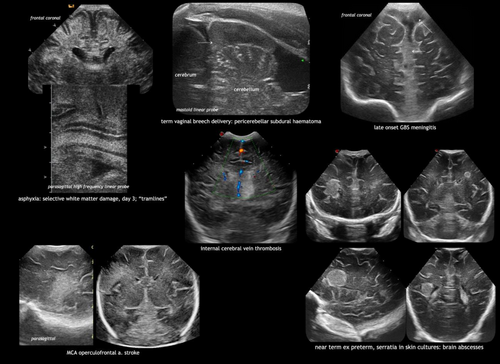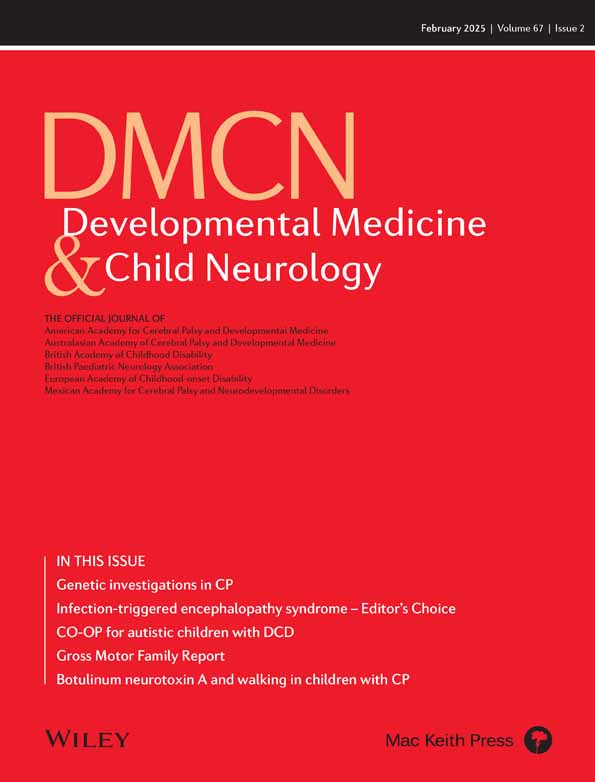State-of-the-art cranial ultrasound in clinical scenarios for infants born at term and near-term
Neonates at risk of brain injury and those with signs of neurological impairment need prompt diagnosis to guide intervention. Information about the capacity of cranial ultrasound (CUS) in the diagnosis of brain injury mostly refers to infants born preterm. The advantage of CUS over other imaging techniques is that the scans are done at the cot-side, therefore making it suitable to evaluate the unstable neonate throughout the evolution of the whole process.
In this report we aimed to highlight the strengths of CUS in several clinical scenarios, some more routine than others, that may happen in real clinical settings. An overview on the state of the art of CUS as a decision-making tool in neonatal encephalopathy, seizuring infants, and central nervous system (CNS) infection is provided. We described the evolving patterns and timing of the most frequent brain lesions whenever CUS is performed early and serially. Of particular interest to the authors are birth-related traumatic injuries and CNS infections, due to their potential impact on the infant's outcomes and the little knowledge on these topics.





